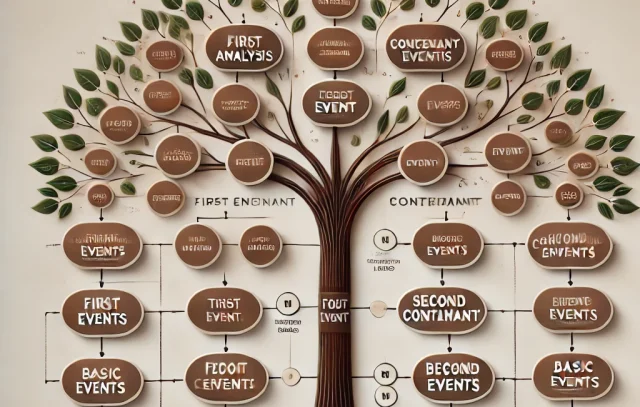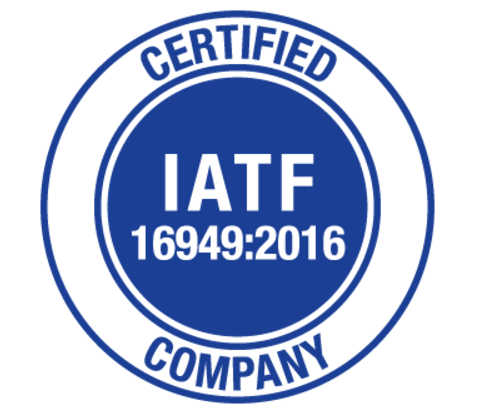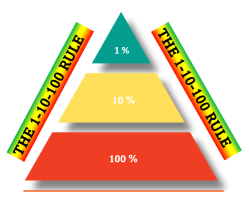What is SWAT analysis?
So, what is SWAT?
SWAT analysis is a framework for identifying and analyzing an organization’s strengths, weaknesses, assumptions and truths.
SWAT: Strengths – Weaknesses – Assumptions – Truths
SWAT analysis is a tool used to challenge assumptions, clarify truths, and better understand both internal and external factors that affect a situation or decision-making process. It’s especially useful for decision-making where there’s uncertainty or risk involved.
Here’s a breakdown of the SWAT analysis components:
- Strengths: Just like in SWOT, this refers to internal factors that give you an advantage in achieving your goals. These can be skills, resources, or unique capabilities.
- Weaknesses: Internal limitations or challenges could hinder progress. It could be lack of experience, limited resources, or areas needing improvement.
- Assumptions: This is where you identify your assumptions. These are beliefs or perceptions that may not necessarily be true but influence decisions, such as assumptions about customer behavior, market trends, or competitor strategies.
- Truths: These are the verifiable facts or realities. This is the section where you challenge your assumptions and identify what’s actually true versus what you may have assumed. These are grounded in data or facts and help clarify the situation.
Who can use SWAT?
The SWAT analysis can be used by various individuals or groups, especially where decision-making, strategy formulation, or problem-solving is needed. Here’s who can use it:
- Businesses & Organizations
- Managers and Executives: To assess business strategies, evaluate internal capabilities and external market conditions, and make informed decisions.
- Project Managers: In project planning, SWAT analysis can help identify project strengths and challenges, understand assumptions made about project scope, timeline, or resources, and verify which factors are truly important for success.
- Marketing teams: To challenge assumptions about consumer behavior and verify what marketing strategies are truly effective.
- Product Development teams: To understand product strengths, identify weaknesses, and test assumptions about customer needs or product-market fit.
- HR Departments: To assess the strengths and weaknesses of the workforce and make data-driven decisions about training, hiring, or restructuring.
- Entrepreneurs & Startups
- New business owners can use SWAT analysis to assess the viability of their business ideas, challenge assumptions, and ensure they’re basing decisions on real-world truths.
- Consultants
- Strategic Consultants: They can use SWAT analysis to evaluate the effectiveness of business strategies, identify gaps, and suggest improvements based on factual data.
- Management Consultants: To guide clients through organizational changes or transformations, SWAT analysis helps pinpoint strengths, weaknesses, and unverified assumptions.
- Non-profit Organizations
- They can use SWAT analysis to evaluate the effectiveness of their programs, challenge assumptions about community needs, and ensure they’re operating based on facts.
- Personal Use
- Individuals: You can also apply SWAT analysis to personal decision-making—whether you’re assessing career moves, personal growth, or life decisions, it helps you better understand your strengths, challenges, and assumptions.
In short, anyone who needs to make informed decisions based on a clear understanding of internal and external factors can use SWAT analysis. It’s especially useful in situations involving uncertainty, strategic planning, or when critical assumptions need to be questioned.





